Literacy is a civil rights issue
Tuesday, July 7th, 2020 | Reading
As the great abolitionist leader Frederick Douglass said, “Once you learn to read, you will be forever free.”
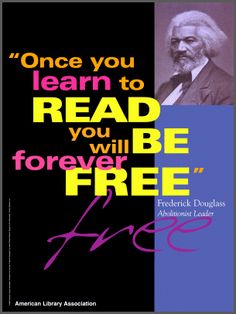
But, what happens to the disproportionate number of students of color who never learn to read at proficient levels? In our culture, one must be literate to be a functioning, contributing member of society. Literacy is not just the ability to read and write—it is a right, and literacy plays a role in our individual levels of self-respect, self-worth, and dignity.
“Children have a deep sense of personal dignity… (certain lessons) point out the path of honor and justice.”
Dr. Maria Montessori
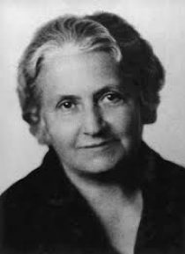
Becoming critically literate within school contexts is about engaging in academically rigorous work that is grounded in students’ lives, connected to larger contexts, and work that invites students to be filled with hope as they work toward creating the world in which they want to live (Van Sluys, Lewison, & Flint, 2006). What happens when that is not the case, however? Without literacy, there is no social justice. In part, this is precisely what we see playing out in the United States right now. On Saturday, June 13th, 2020, I watched television coverage of worldwide protests, with tears in my eyes. I was inspired by crowds of passionate people, not just in America, but all over the globe, demanding justice for Black citizens. It had been two weeks since George Floyd’s death at the hands of the police, and as a result, we witnessed some of the most engaged, empowered, and determined anti-racism protests and calls-to-action in decades. Throughout the United States and the world, thousands of protesters took to the streets and to social media to show solidarity with the Black Lives Matter movement, and to demand that governments eradicate police brutality and institutional racism (O’Malley, 2020).
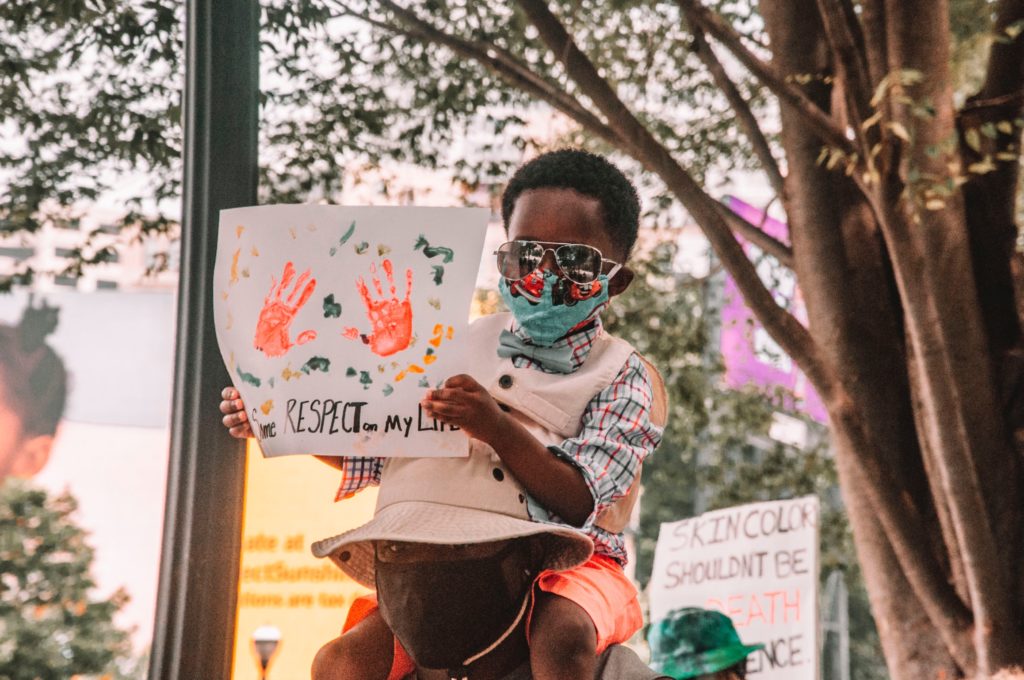
During this time, there was also special coverage of groups of teachers banning together in protest to raise awareness of the unfair distribution of resources available in American schools. Teachers said they marched because they see first-hand how their students of color are not given the same opportunities as their white counterparts. Educators were eloquent in pointing out how the issues foregrounding the Black Lives Matter marches are embedded in American schools (Mintzer & Greene, 2020).
Set against the dystopian backdrop of a global pandemic, the racial protests could have easily been interpreted as separate from the public health crisis, yet the health of the Black people in our country was inextricably linked to the mass protests. George Floyd, whose death inspired the outcry, had recently recovered from COVID-19, and he was one of countless Black people who were disproportionately affected by the disease. Due to systematic racism, there is a historically-laden lack of resources available to people of color, which include both health care and education. While some critics deny systematic racism as an unhelpful construct, the United States cannot deny hard statistics that the wage gap between Black and white men is as large today as it was in 1950 (Leonhardt, 2020). Literacy rates, health care, and other resources, are all deeply intertwined.
In 2019, only 18 percent of Black 4th-graders scored proficient or above in reading skills, and for 8th graders, only 15percent did. Although more than half of white students fail to meet the proficiency bar as well, the statistics for Black students should infuriate anyone who is dedicated to social justice. When students fail to attain basic proficiency in literacy, it often translates into more significant struggles in high school, lower college attendance and graduation rates, and a higher likelihood of incarceration (Wexler, 2020).
I am the white mother of a white child with dyslexia. I am also a college professor, researcher, and a literacy specialist. What I find incredulous and unacceptable is that there is plentiful scientific evidence that explains why our standard approach to reading instruction isn’t working for so many Black kids—and others. Yet, educators and policymakers are still often unaware of that research; and what’s worse—some even reject or deny it. Many schools continue to amplify the same old approaches that haven’t worked for decades, somehow expecting a different result. To make matters even worse, now imagine your school has been closed for months because of the pandemic, and you’ve had little or no access to instruction of any kind (Wexler, 2020). My purpose in writing this article is to provide a tangible pathway to racial justice for teachers, students, and parents, who struggle with dyslexia and other reading disabilities.
Since we are currently forced to engage in online learning, we could seize this opportunity to not only do it, but do it extremely well. At least by using a high-quality program via the Internet, students who have traditionally struggled with literacy, could be receiving high quality education in a structured, multisensory approach that actually works, such as Orton-Gillingham, and Orton-Gillingham-inspired online programs, such as Nessy. According to Meyer (2020),
Results from online learning with Nessy during COVID-19 spring were quite remarkable, with students gaining a grade level’s worth of reading skills in six weeks, working remotely without a teacher. Dyslexic students using Nessy for six weeks during the COVID-19 spring made nine-tenths of a year’s progress.
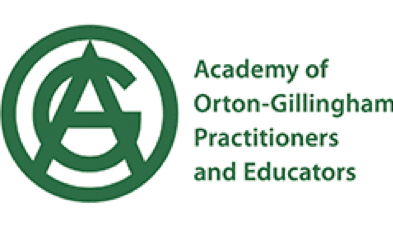

I have been a teacher educator for nearly 20 years, and until we systematically train all pre-service and in-service teachers in evidence-based reading instruction, nothing will change. One of the most effective ways to ensure this occurs is to utilize the process of college accreditation to hold teacher educators accountable for graduating new teachers who are well-equipped to help our most struggling readers. In the process of doing so, we must point out the distinctions of Black students, so that they finally get the attention and support they deserve. At times, there is an unconscious bias in school contexts, and assumptions are made around the intersection of race and disability.
Fortunately, more African Americans are now in the spotlight, having their voices heard. “African American males are two to three times more likely to be overidentified with behavioral, emotional disorder versus having a learning disability,” says Dr. Shawn Anthony Robinson (Robertson, 2019). Dr. Robinson, an African American research associate with the University of Wisconsin, knows first-hand the painful struggle of learning to read. As a child, he struggled with undiagnosed dyslexia, and as an adult, he became a proficient reader, and went on to earn a Ph.D., paving the path to educate and inspire a new generation on ways to embrace and overcome dyslexia. Geraldine Robinson, the African American mother and grandmother of children with dyslexia, was recently honored for her advocacy by the Disability Rights Education & Defense Fund (Romney, 2020). Mrs. Robinson has spent years as an unwavering warrior for structured literacy instruction. Her quest has been to transform public schools, so they no longer fail to educate Black students with dyslexia.
History shows us the various ways that race and privilege have limited the production, distribution, and use of literacy (and its instruction) in our schools. For far too long, American society has upheld roadblocks to employment, health care, housing, and proper education (Greene, 2008). Educational opportunities are not equally distributed, and we have plenty of test scores that illustrate this reality (Kozol, 2005). What about the faces, the souls, behind these test scores?
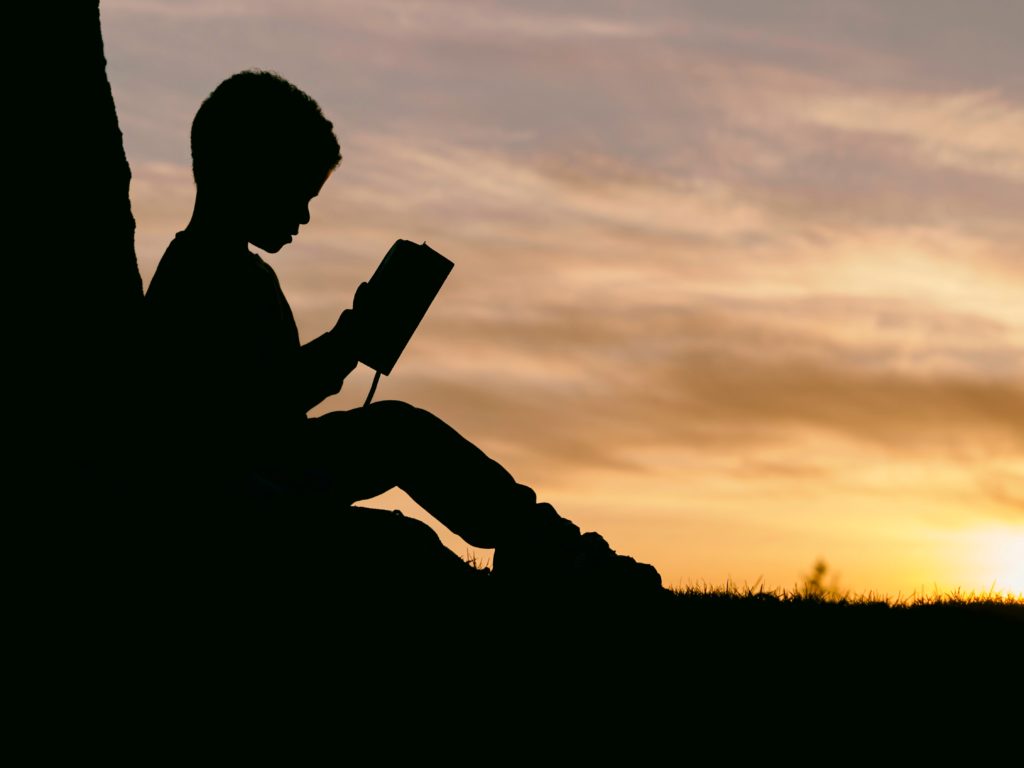
Social justice is about understanding education and access to literacy as civil rights. Everyone deserves access to quality education that meets the learning needs of every child. Everyone deserves equal distribution of material and emotional resources (Nieto, 2006). When all learners have everything they need to be successful in schools, they can live their lives with dignity.
References
Greene, S. (2008). Literacy as a civil right: Reclaiming social justice in literacy teaching and learning. New York: Peter Lang.
Kozol, J. (2005). The shame of the nation: The restoration of apartheid schooling in America. New York: Crown Publishers.
Leonhardt, D. (2020). The New York Times: The Morning, June 25, 2020.
Meyer, D. (2020). Here’s How Remote Learning Could Help Struggling Readers, Education Post. Retrieved from: https://educationpost.org/heres-how-remote-learning-could-help-struggling-readers/?fbclid=IwAR0NYkwqvDNRqNqiJX9J1MGCAH8Yau0jReWjgnJ4LFRsDCTK5fguvJoGKxk
Mintzer, A. & Greene, J. (2020). SC teachers join protest in support of Black Lives Matter, WIS News 10. Retrieved from: https://www.wistv.com/2020/06/13/sc-teachers-join-protest-support-black-lives-matter/
Nieto, S. (2006). Teaching for social justice in schools: Stories of courage and Corazon. Paper presented at annual meeting of the National Council of Teachers of English Assembly for Research, Chicago, IL.
O’Malley, K. (2020). How Black Lives Matter Protests Have Changed The World, Two Weeks After George Floyd’s Death, Elle. Retrieved from: https://www.msn.com/en-au/lifestyle/smart-living/how-black-lives-matter-protests-have-changed-the-world-two-weeks-after-george-floyd-e2-80-99s-death/ar-BB15mCX1
Robertson, T. (2019). UW-Oshkosh Alum Creates Black, Dyslexic Superhero, Fox Valley 365. Retrieved from https://foxvalley365.org/uw-oshkosh-alum-creates-black-dyslexic-superhero/?fbclid=IwAR2ubpyHskhujKt0N73kSgbC4SpwFhTPLv-eBrOi3KEn3fQpdgU51R1YALM
Romney, L. (2020). Public Schools Are Failing Black Students With Dyslexia: One Grandmother’s Story, KAWL Public Radio, San Francisco. Retrieved from: https://www.kalw.org/post/public-schools-are-failing-black-students-dyslexia-one-grandmother-s-story?fbclid=IwAR0Zhp72H3XZEXYtWBh15_599aVS6djBFQcKXRjQjM_y4YLZ1vJpEJs0w2k#stream/0
Wexler, N. (2020). How ‘Reading Instruction’ Fails Black And Brown Children, Forbes. Retrieved from: https://www.forbes.com/sites/nataliewexler/2020/06/06/how-reading-instruction-fails-black-and-brown-children/amp/
Van Sluys, K., Lewison, M., & Flint, A. S. (2006). Researching critical literacy: A critical study of analysis of classroom discourse. Journal of Literacy Research, 38(2), 197–233.